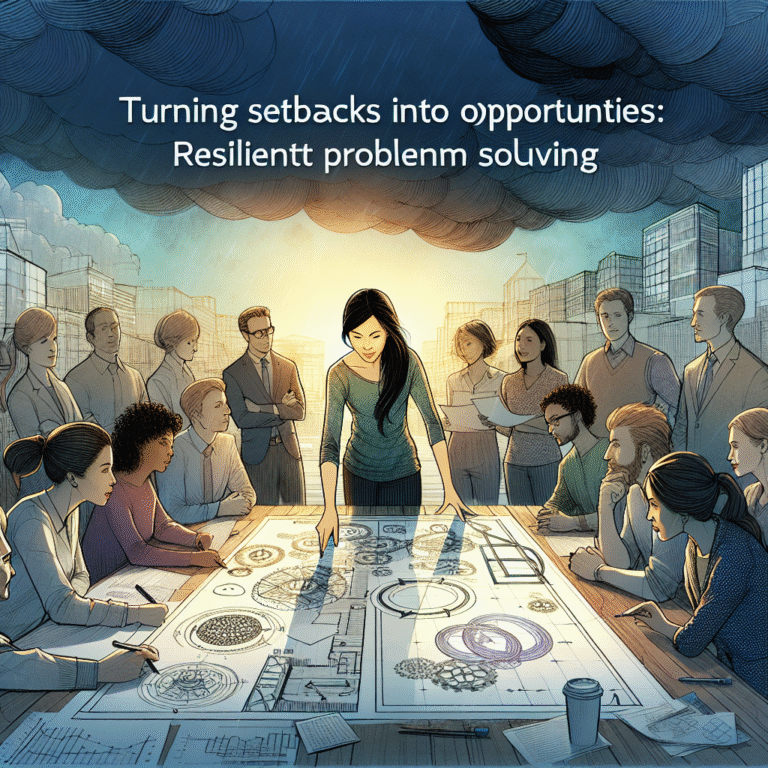
Introduction: The Hidden Influencers of Our Decisions
Have you ever walked into a store and felt inexplicably drawn to a particular aisle? Or perhaps you’ve ordered a meal based on a dish’s enticing description, despite having little knowledge about the cuisine itself? In our fast-paced world, we’re continually inundated with choices, from what to eat for lunch to whom to vote for in an election. Ever wondered how subtle cues in our environments influence those decisions? Primed for Success: How Subtle Cues Impact Our Choices reveals the fascinating symphony of psychological and environmental factors that shape our preferences and behaviors, often without our conscious awareness.
Understanding Priming: The Foundation of Influence
What Is Priming?
Priming is a psychological phenomenon where exposure to certain stimuli influences an individual’s response to subsequent stimuli. For instance, if someone is shown words related to kindness, they might be more likely to act kindly toward others shortly afterward. The implications of priming are vast, touching everything from consumer behavior to interpersonal interactions.
The Mechanisms Behind Priming
Several mechanisms underlie priming:
- Associative Activation: This principle suggests that triggers in our environment activate related concepts in our minds.
- Subliminal Priming: This occurs when cues are presented below the threshold of conscious perception, yet they still influence behavior.
- Contextual Influence: The surrounding environment can also act as a backdrop, setting the stage for how we interpret specific choices.
Case Study: Restaurant Menus
A study conducted by a group of researchers examined how different menu presentations influenced food choices. Menus that highlighted healthy options led patrons to order healthier meals, while those without such cues encouraged less healthy selections. This demonstrates a powerful application of Primed for Success: How Subtle Cues Impact Our Choices in the culinary world.
| Menu Presentation | Healthier Choices (%) | Unhealthier Choices (%) |
|---|---|---|
| Highlighted Healthy | 70% | 30% |
| Standard Presentation | 40% | 60% |
Analysis
This study highlights how simple changes in menu design can lead to better health outcomes. By priming consumers with healthier options, restaurants can subtly guide choices in a positive direction, illustrating the essence of being Primed for Success.
Environmental Cues: Setting the Stage for Decisions
The Role of Surroundings
The environment we find ourselves in has a profound effect on our choices. Factors such as lighting, color, and spatial arrangement can prime our decisions.
Color Psychology in Marketing
Colors invoke emotional responses and can significantly affect purchasing decisions. For instance, red might stimulate appetite, while blue can suppress it. A study in a supermarket setting found that brightly colored packaging increased snack food sales by 30% compared to more muted colors.
Case Study: Supermarket Layout
A study revealed that the layout of a supermarket can manipulate customers’ purchasing behavior. Products placed at eye level saw a 50% increase in sales, while items placed on lower or higher shelves struggled. This phenomenon exemplifies how spatial priming can lead to increased success for retailers.
| Shelf Position | Sales Increase (%) |
|---|---|
| Eye Level | 50% |
| Below Eye Level | 20% |
| Above Eye Level | 15% |
Analysis
By understanding spatial arrangement’s influence, businesses can design more effective layouts, ultimately making them Primed for Success through strategic choices.
The Power of Words: Language and Decision-Making
Linguistic Priming
Our language significantly impacts our thought processes and decisions. The way options are framed—either positively or negatively—can drastically alter an individual’s choice.
Framing Effects in Decisions
A classic example comes from a study on medical treatments where two groups were presented with the same statistical data regarding a treatment’s success. Group A heard that “90% of patients survive,” while Group B heard “10% of patients die.” Group A was significantly more inclined to opt for the treatment, showcasing the fundamental concept of Primed for Success through word choice.
Case Study: Voting Behavior
In an election campaign, candidate messaging can determine voter turnout. Campaigns that framed their message in terms of positive change met with significantly higher engagement compared to fear-based messaging, emphasizing the importance of linguistic priming.
| Messaging Type | Voter Turnout (%) |
|---|---|
| Positive Framing | 75% |
| Negative Framing | 45% |
Analysis
This case illustrates that effective messaging not only informs but can actively encourage desired behaviors. Campaigns that grasp this concept are more likely to be Primed for Success.
Social Influence: The Impact of Peers
The Social Proof Phenomenon
Humans are inherently social beings, and our choices are frequently influenced by the actions of others around us. This social proof serves as a powerful cue in decision-making.
Case Study: Restaurant Choices
Research conducted at a highly frequented restaurant revealed that diners were more likely to order dishes that were popular among fellow patrons. When the staff highlighted certain menu items, the sales of those items increased by over 200%.
| Popularity Cue | Sales Increase (%) |
|---|---|
| Highlighted Item | 200% |
| Standard Item | 50% |
Analysis
This showcases that social cues can significantly impact consumer behavior, highlighting how establishments can be Primed for Success through strategic social engagement.
Harnessing Subtle Cues for Personal Success
Psychological Strategies for Individuals
Individuals can employ prime strategies in their daily lives to enhance decision-making:
Start with Positivity: Frame your goals positively. If you wish to adopt a healthier lifestyle, think about the benefits of health rather than the limitations.
Create the Right Environment: Adjust your workspace or personal environment to reflect the choices you want to make. For example, if you want to work more efficiently, eliminate distractions from your workspace.
- Leverage Social Influences: Surround yourself with individuals who inspire the behaviors you want to cultivate.
Case Study: Personal Development
An individual seeking to improve their public speaking skills attended a workshop centered around positive reinforcement. The increase in confidence led to a notable 40% improvement in their speaking engagements afterward.
| Before Workshop | After Workshop |
|---|---|
| Confidence Level | 60% |
| Confidence Level | 100% |
Analysis
This case exemplifies how intentional priming in a supportive environment can lead to success primed outcomes in personal growth.
Conclusion: Embracing the Power of Subtle Cues
As we navigate each day, our choices are subtly shaped by countless cues that often go unnoticed. Understanding the profound effects of these underlying influences provides a roadmap for not only making better decisions but also strategically guiding others toward success. By employing principles highlighted in Primed for Success: How Subtle Cues Impact Our Choices, we can foster environments, communication, and practices that promote better decision-making and overall well-being.
Takeaway
Start today! Recognize the cues in your environment, your language, and your social circles. By doing so, not only will you be primed for success, but you also hold the power to influence the choices of others for the better.
FAQs
1. What is priming?
Priming is a psychological concept where exposure to specific stimuli influences an individual’s subsequent thoughts, feelings, or actions, often without conscious awareness.
2. How can organizations use priming to their advantage?
Organizations can design environments, communications, and practices that align with desired outcomes, effectively using priming to guide customer or employee behavior in positive ways.
3. Are there any negative aspects to priming?
Yes, negative priming can lead to biased or harmful decision-making. It is crucial to be mindful of how cues can unintentionally promote negative behaviors.
4. Can I use priming in my personal life?
Absolutely! By consciously adjusting your environment, language, and social interactions, you can prime yourself for success and enhanced decision-making.
5. How does subtlety matter in cues?
Subtle cues often work below our conscious awareness, making them incredibly powerful. The gentler the cue, the less likely we are to resist it, allowing for smoother behavior change.














